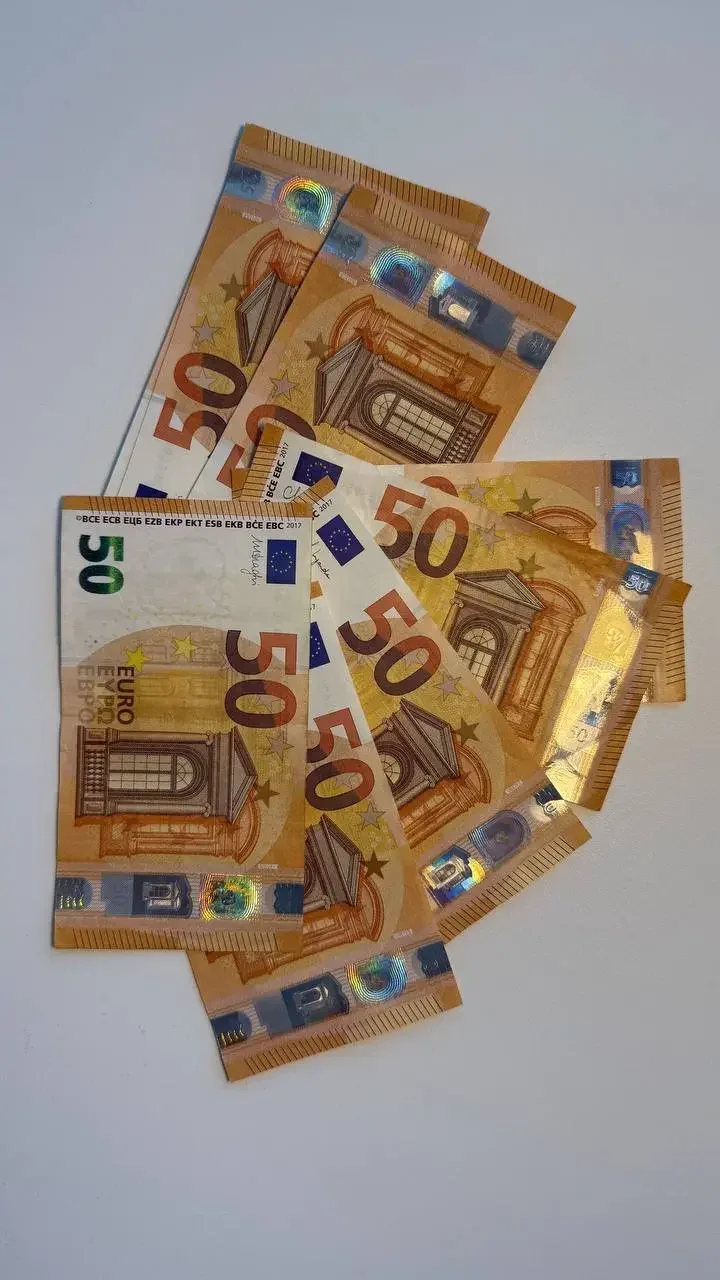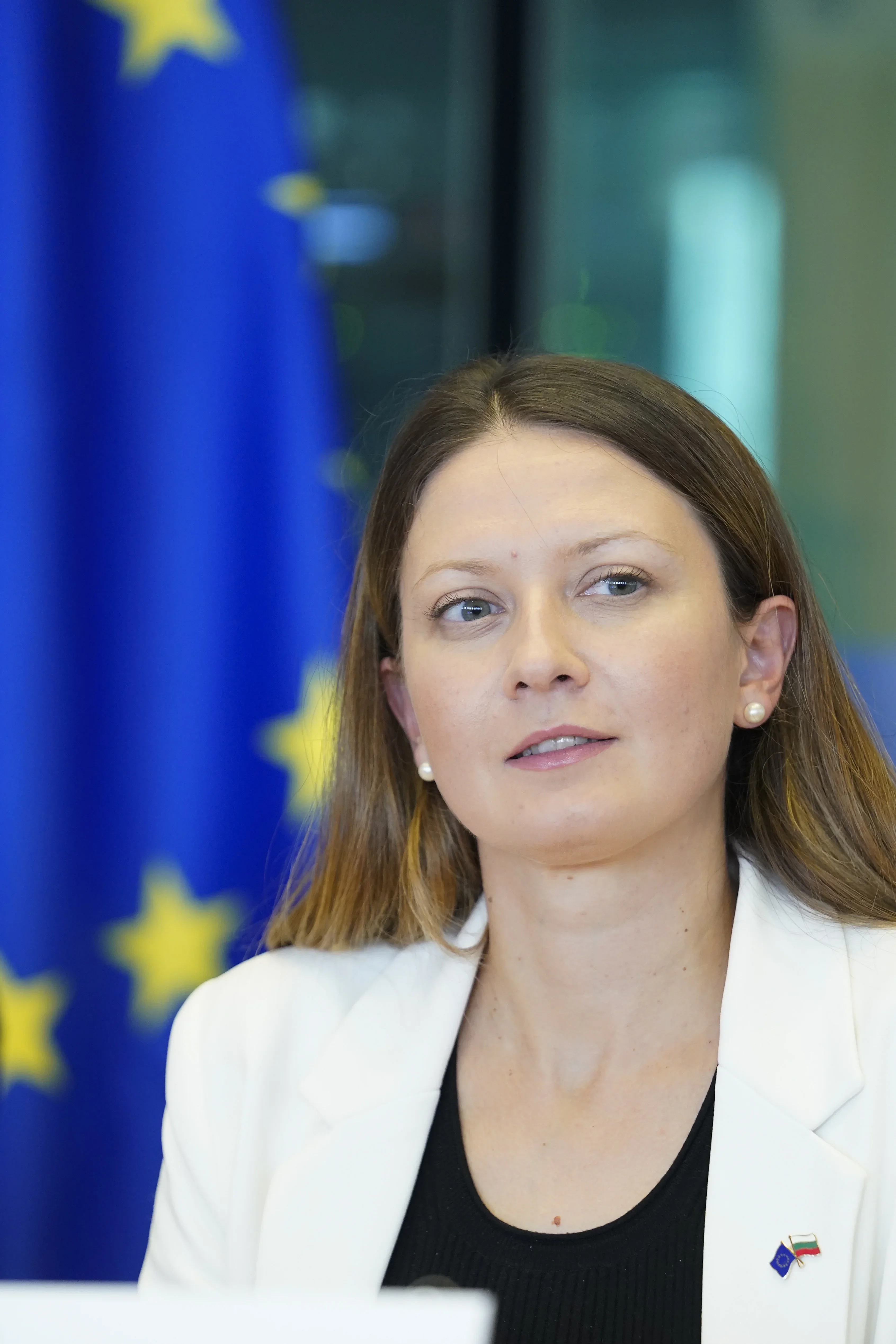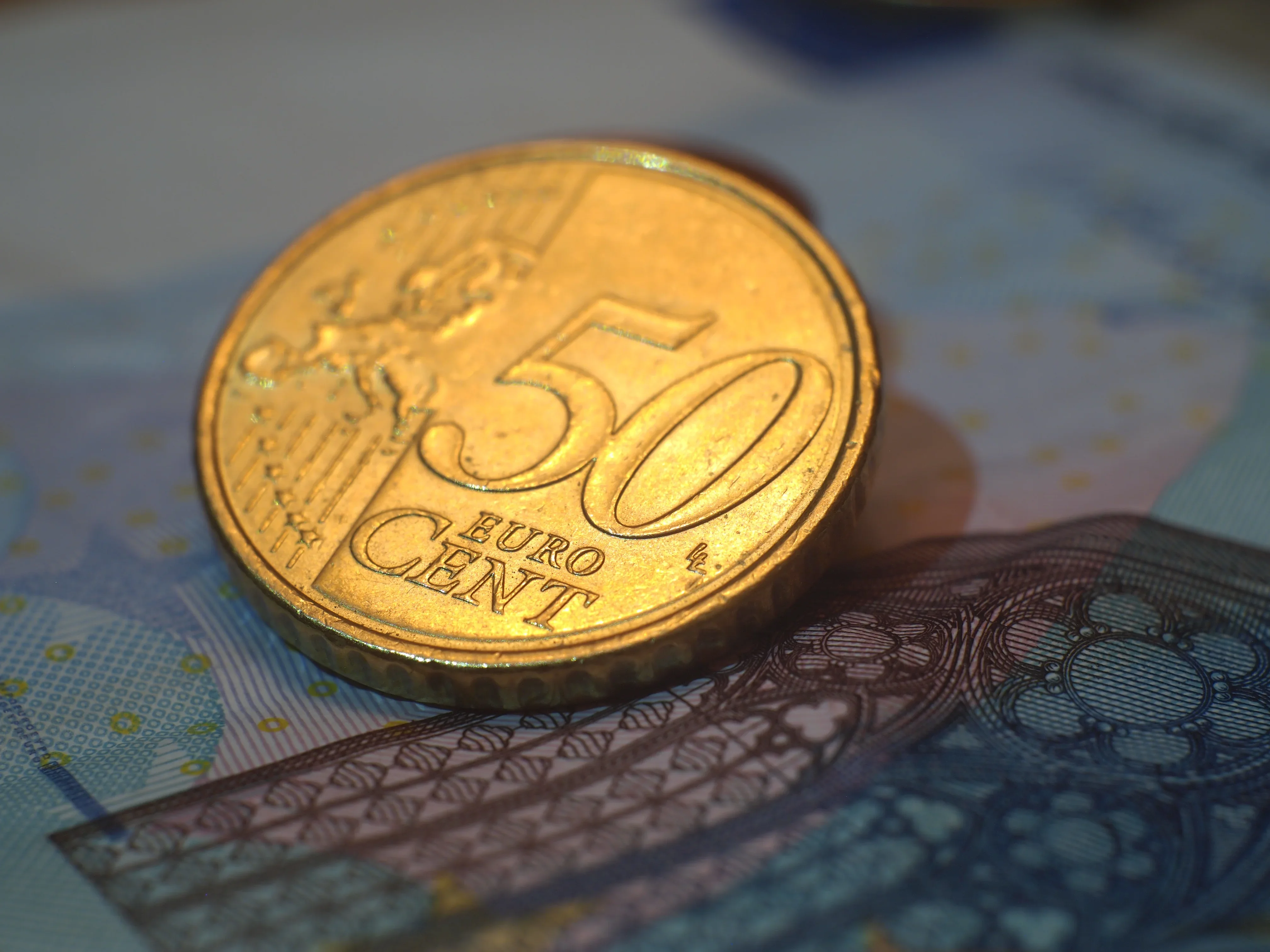The European Central Bank (ECB) published an analysis entitled "Love at Second Sight: Support for the Euro Before and After Its Adoption", which reveals a remarkable trend: support for the euro significantly increases after its introduction in countries that have joined the Eurozone. The study, prepared by experts Ferdinand Dreher and Nils Hernborg, shows that initially mixed attitudes transform into a lasting positive public attitude towards the common currency.
The analysis, published on the ECB blog, covers eight countries that have joined the Eurozone after 2002. Data from Eurobarometer surveys point to a widespread regularity. In Slovenia (joined in 2007), Cyprus and Malta (2008), Slovakia (2009), Estonia (2011), Latvia (2014), Lithuania (2015) and Croatia (2023), public support for the euro increased significantly after its introduction, regardless of the initial levels of approval or skepticism.
Tension is palpable before the change of national currency. In the period before the official accession, public attitudes are usually mixed. But it is at the moment when a country receives official approval for accession that support begins to grow. The most significant change, however, occurs immediately after the transition to the euro.
According to the data, on average, support for the euro increases by 11 percentage points between the last survey before the currency is introduced and the first one after. After adoption, public opinion in all countries stabilizes in favor of the European currency. The authors specify that an average of 73 percent of citizens support the euro, while 22 percent do not support it, which represents a net support of 51 percent.
Interestingly, this positive change is observed in all socio-demographic groups, regardless of the age, gender, education or place of residence of the surveyed citizens.
Before the change of national currency to the euro, public opinion was often divided, the experts note. People express concerns related to a possible increase in prices, loss of national identity and restriction of economic sovereignty. Surveys by Flash Eurobarometer, conducted before the introduction of the euro, show that on average 74 percent of citizens were afraid that the new currency would lead to an increase in the prices of goods and services. About half of the respondents expressed concern that the euro would erase national symbols, and 40 percent - that it would lead to a loss of control over economic policy.
But what happens after the introduction? The analysis points out that many of the initial fears do not materialize. After the currency becomes part of everyday life, people get used to it and realize its practical advantages. In most cases, consumers notice that the change of currency has a limited impact on inflation, which contributes to reducing concerns.
At the same time, the benefits of introducing the euro become tangible. From facilitated travel and cross-border payments, including online shopping, to reduced currency risk, better conditions offered by banks on their products, increased investor confidence, which can boost trade and investment.
Regarding identity, the studies show that it is adaptable, the authors point out. The euro does not destroy national identity, but rather adds a "European aspect". Over time, the very belonging to the Eurozone can become a reason for pride and a symbol of European integration and stability, the experts believe.
Ultimately, public support remains high and continues to grow, as the euro continues to bring lasting practical benefits, the analysis adds.
You may also like
 Digital Euro: Why it's Necessary for Europe and How it Will Change Payments
Digital Euro: Why it's Necessary for Europe and How it Will Change Payments Tsvetelina Penkova: The new EU financial framework defines the future of Europe
Tsvetelina Penkova: The new EU financial framework defines the future of Europe Real Estate Renaissance 2025: How Ukrainians and the Euro Awakened the Real Estate Market
Real Estate Renaissance 2025: How Ukrainians and the Euro Awakened the Real Estate Market Iliana Iotova: The Vote of No Confidence is Different, with Support from Citizens
Iliana Iotova: The Vote of No Confidence is Different, with Support from Citizens
In light of Bulgaria's preparation for joining the Eurozone on January 1, 2026, the analysis emphasizes the importance of clear communication, transparency and careful planning of the transition. This is of key importance for building trust and ensuring a smooth transition to the new currency.




Коментари (18)
ANONIEMEN
05.11.2025, 08:28Слава нна ЕС
dimitar
05.11.2025, 08:32Всички хвалим ЕС
as
05.11.2025, 08:32Благодарим на ЕС, че ни дава надеждно мqст
60D94
05.11.2025, 08:32амитогавадасерадваме 😜
FANATA
05.11.2025, 11:19Трябвашедагочуетам
NQKOI
05.11.2025, 11:22ха-ха,несечудq,чехоратавечераз
ASDASD
05.11.2025, 12:09Аз глидам, най-после нещо се прави право
KOMENTAR_BG
05.11.2025, 12:10Точно
най-добре_ах
05.11.2025, 12:19Ах, най-добре
славанаевропейскиясъюз
05.11.2025, 12:20СлаванаЕвропейскиясъюз
сега
05.11.2025, 12:21еврото, сега се чувства по-силно
азтакамисля
05.11.2025, 14:12Азтакамисля
r. тодоров
05.11.2025, 14:14Ха-ха, аз се питам какво се е случило в
5DEB
05.11.2025, 14:58Абе моля те
NQKOI
05.11.2025, 16:12Виели, еврото се стабилизира
с_подигаме
05.11.2025, 16:12ако не се подигаме за ес, нама как да с!!
PESHOFROMSOFIA
05.11.2025, 17:10Абе моля те, най-накрая нещо добро се случва
FAN_45
05.11.2025, 18:08Нека еврото да живее